Can George Russell, who has three years of experience driving in Formula One and thousands of miles under his belt in that Mercedes car, beat Lewis Hamilton in 2022?
In Formula One’s 70 years of history, we have seen several talented drivers bursting onto the scenes. While some have displayed mere flashes of brilliance, others have gone on to build long-lasting dynasties. However, every generation has a driver (or two) who rises above his peers.
Alan Prost and Aryton Senna, Fernando Alonso and Kimi Raïkkönen, Sebastian Vettel and Lewis Hamilton; for the current generation we have two standout generational talents in Max Verstappen and Charles Leclerc: at 24 years of age, both drivers have shown the maturity of seasoned veterans, with the former having finally delivered his first World title following a titanic championship battle with Hamilton, while the Monégasque has been consistently outperforming his Ferrari car ever since joining the team during the 2019 season.
Although Max and Charles have been consistently fighting at the front of the grid for podiums and race wins, there is one driver in particular who has been handicapped at the back of the grid in an underperforming Williams, and his name is George Russell.
Now, for me, George Russell is a curious case. Although he is an incredibly talented driver, the 23-year-old is yet to show what he is capable of in a car fighting for race wins and podiums during the course of an entire season. However, the way I see it, these are the three main contenders who will be fighting for the World Drivers’ Championship in the future.
George Russell will race alongside Lewis Hamilton in 2022, with Lewis being the stalwart, the one with all the experience, and also being a seven-time World Champion. George will be jumping into that second seat at Mercedes on the back of a successful three-year stint with Williams.
Although George will be coming into the Mercedes setup during his fourth season in Formula One and thousands of testing hours over the years, thinking about it gave me the idea for this article, because if you look at things closely, the parallels between Mercedes 2022 and Ferrari 2019 are definitely there.
In 2019, Sebastian Vettel was Ferrari’s #1, starting his fifth season with the Prancing Horses following two narrow title defeats in 2017 and 2018, holding all the cards at Ferrari, with Charles Leclerc—who had a very, very good stint at Sauber—jumping into that second Ferrari seat to replace Raïkkönen as the youngster with a point to prove.
Also Read – 2022 F1 Predictions
F2 World Champions
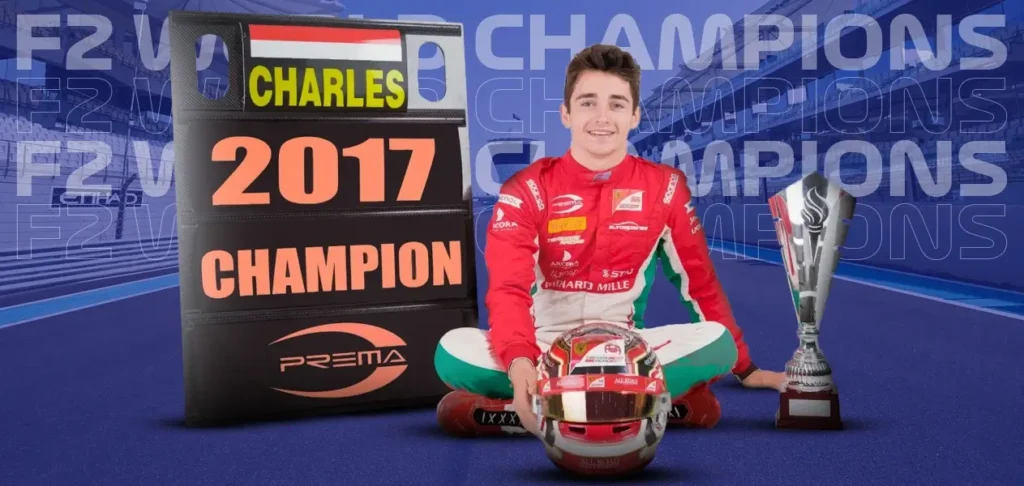
Charles Leclerc announced himself to the world with one of the greatest drives I have ever witnessed in my 18 years of watching motorsport racing.
During the 2017 F2 Bahrain Sprint race, the young Monégasque took the lead of the race on Lap 9 after starting from the third row of the grid. He surprisingly pitted on Lap 15, which dropped him to 14th with just eight laps remaining. What ensued was a masterclass on sprinting racing and overtaking, as Leclerc effortlessly overtook cars one after the other and went on to win the race by overtaking Nicholas Latifi and Luca Ghiotto in the final lap.
Leclerc was dominant throughout the 2017 F2 Championship and won the championship with a 72-point lead over second-placed Artem Markelov. He won 7 races and bagged 10 podium place finishes in 22 races driving for the PREMA Racing team. Nicholas Latifi, Oliver Rowland, Nyck de Vries and Alexander Albon were the other notable drivers competing in the same category.
The 2018 F2 Championship saw new chassis and engine packages being introduced into the sport with a new points structure. George Russell emerged as the top dog, producing a similar—if not a more dominant—display to that of Charles Leclerc as he sealed the Drivers’ Championship with a 68-point gap over his compatriot Lando Norris.
However, it wasn’t all plain sailing for the Mercedes-backed driver, as his first 10 races produced 3 victories, one fourth-place and one fifth-place finish followed by 5 non-points finishes. But since Austria, Russell showed the class of a top driver as he put in consistent performances before securing the title with a victory in the Feature Race in the UAE.
Some might still argue that Russell’s 2018 campaign wasn’t that dominant, while it can be said that the competition was that much tougher with the likes of Alexander Albon, Nyck de Vries, Artem Markelov, Nicholas Latifi and Luca Ghiotto all in their second seasons while another young Brit, Lando Norris, was also in the running for the title. Despite that, George Russell took 7 race wins and 11 podium finishes in 24 races that season.
Russell and Leclerc in their debut seasons
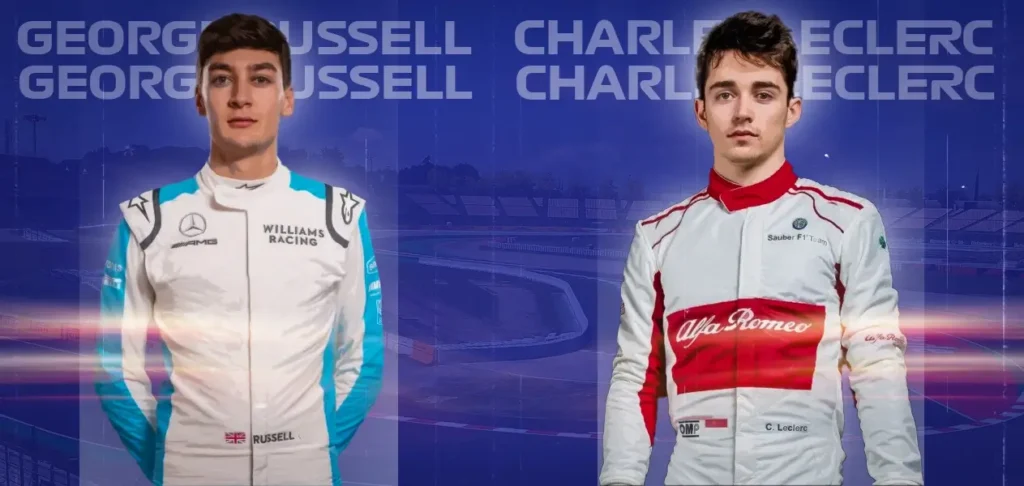
2018 saw Charles Leclerc partner Marcus Ericsson in the Alfa Romeo Sauber team, and instantly we knew this kid was special. Marcus was entering his fifth season in Formula One, was well embedded into the team having joined from Caterham, and was starting his fourth season with them.
Following Charles’ impressive showing in the pre-season testing, people were expecting him to grow into the car as the season progressed and challenge Ericsson. However, the young Monégasque did more than just challenge: he completely obliterated his teammate.
Leclerc led Ericsson 17-4 head-to-head in qualifying, followed by a 39-9 points deficit in the overall Drivers’ standings. Moreover, when the first qualifying session in Melbourne concluded, Leclerc—in his very first qualifying session—was just a tenth off Ericsson, who had five years’ worth of F1 experience over him. This isn’t normal, and I cannot emphasise enough how mad it is to me.
Now, let’s talk about George. While his peers from F2 secured better deals with teams fighting at the front, like Alex Albon joining Red Bull’s sister team and Lando Norris taking that McLaren seat alongside Carlos Sainz, George Russell, the F2 champion, was paired alongside seasoned veteran Robert Kubica in that horrible 2019 Williams car.
George out-qualified Kubica pretty convincingly with a 21-0 head-to-head difference. However, it is really difficult to gauge Russell’s performances with Kubica since we all know that the Robert Kubica that drove the 2019 Williams isn’t the same one who left the sport at his pomp. The fact that the Polish driver came back and has managed to compete at the pinnacle of motorsport is an achievement in itself following his horrific rallying crash. Nevertheless, it was the veteran who, despite getting outperformed by his teammate, secured the only point for Williams that campaign.
As I said, it is really difficult to measure George’s success against Kubica, since prime Kubica was one of the most highly-rated drivers among his peers and could have quite easily won a couple of championships had he been given the machinery to compete for titles. However, given the fact that George only finished twice behind the Polish driver when both of them finished races, it was a considerable win for the young Brit.
Also Read – Top 10 Formula One Race Tracks
Leclerc in 2019
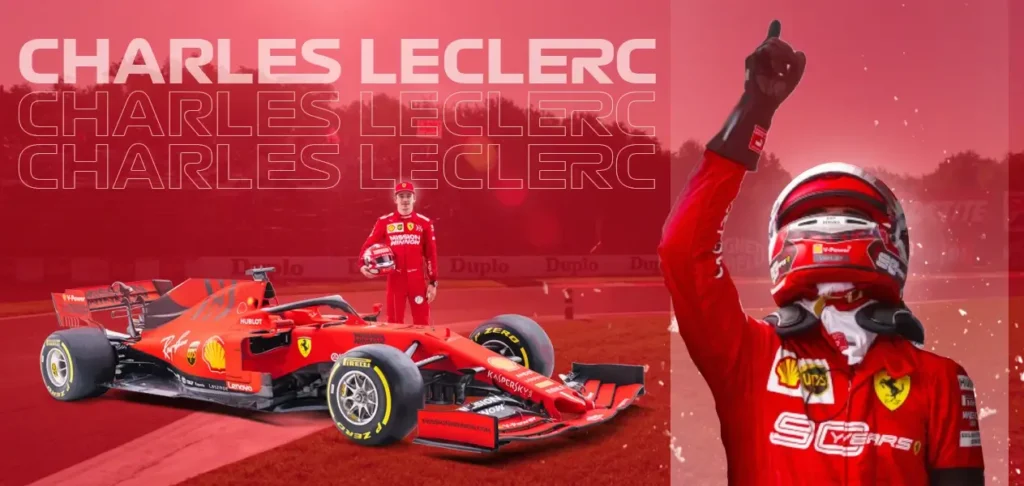
“Mercedes threw everything at him today. Charles Leclerc has coped brilliantly. He won in Spa, he wins in Monza.” This comment from David Croft over commentary still gives me goosebumps.
What Charles Leclerc did in 2019 is still unmatched in every sense of the word. In his first season at Ferrari, which was only his second Formula 1 season, Leclerc outperformed the incumbent Sebastian Vettel. The German was in his fifth season with the Maranello-based outfit and had only lost two Drivers’ titles to his close friend and on-track rival Lewis Hamilton.
However, from the very first race of the season, Charles was on his case. The Monégasque gave Ferrari their first podium of the season, their first pole position, as well as their first win of the season. Although both Charles and Sebastian were very closely matched, the former looked more in tune with the car and managed to beat the latter both in qualifying and in the points tally by the end of the season.
Charles took 7 pole positions, managed 2 race wins in Belgium and Italy, and secured 10 podium place finishes during the 21-race campaign. He finished 14 points behind third-placed Max Verstappen and 24 points ahead of fifth-placed Sebastian Vettel in the Drivers’ standings.
My only defence for Sebastian can be that, following the Hockenheim crash in 2018, the four-time World Champion never looked the same again. Maybe Singapore was the only instance where he looked close to his best, but apart from that, it looked like Seb had mentally checked out long before the last leg of the 2018 season.
Russell’s development over 2020 and 2021
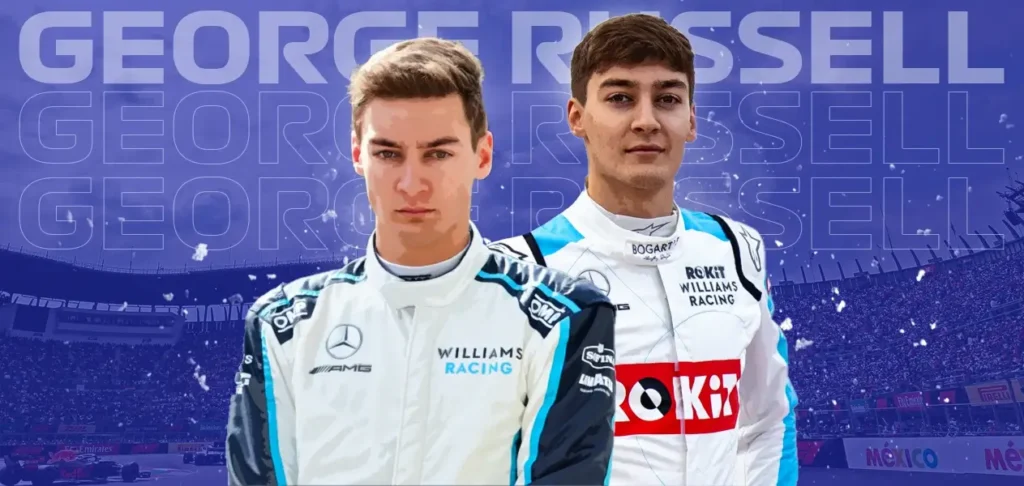
On instances where both Nicholas Latifi and George Russell finished the race, George won the head-to-head battle 8-2 but with a measly gap of 0.069 secs on average race pace. In terms of race performances, Latifi finished eleventh on three different occasions throughout the campaign, while Russell managed just one eleventh-place finish in the entirety of the season.
However, Russell’s big break came when Lewis Hamilton tested positive for COVID-19 before the Sakhir Grand Prix. At very short notice, he managed to adapt his driving style to Lewis’ cars like a duck to water, though it is worth mentioning that, being their junior programme and reserve driver, Russell had already had thousands of testing hours with the Silver Arrows before driving in that one-off race.
Although he ultimately missed out on the pole position by just 0.027 secs to teammate Valtteri Bottas, George took the lead of the race on Lap 1 and led the majority of the race, before a strategic blunder by Mercedes followed by a mysterious puncture snatched away his first Formula One victory. In the end, he finished P9 and scored his first World Championship points.
Charles and Ferrari, on the other hand, were muddled in negativity and backlash following the FIA’s clamping down on the alleged fuel-flow infringement by Ferrari as they endured their worst-ever season in 40 years.
In a car that was the sixth-best on the grid, and with an engine that was the slowest in the field, Charles took two podium finishes and finished inside the Top 6 on 7 different occasions, somewhere the SF1000 had no right to be when you look at Seb Vettel, who scored just 35 points in the 2020 season. However, the Monégasque was unlucky to endure 4 retirements in a 17-race-long season as he finished P8 in the Drivers’ standings with 98 points; he was firmly P4, before some uncalled-for retirements derailed his campaign.
2021 saw the major technical regulation changes get pushed back a year due to the ongoing COVID-19 pandemic. However, the FIA did make some ad-hoc decisions to curb the dominance of the front-running cars and avoid a repeat of Mercedes’ 2020 dominance.
At the end of the Bahrain pre-season testing, it was clear that the field was bunched up considerably compared to the 2019 and 2020 campaigns, giving teams in the middle and backend of the grid a shot at improving their overall package from 2020.
Williams improved significantly but only on tracks that suited their aerodynamic package. George Russell, in the meantime, was consistently outperforming his Williams car, securing regular Q2 and some jaw-dropping Q3 appearances throughout the campaign. He blew away the chance of scoring his first points for Williams in Imola when he collided with Mercedes driver Valtteri Bottas. That, though, wasn’t the end of it.
In a treacherous qualifying session at Spa, Russell produced one of the best qualifying laps of all time as he slotted his Williams alongside Max Verstappen’s Red Bull on the front row of the grid. And, to add the cherry on top of the cake, the race never started, as only two laps were run behind the Safety Car to classify the race on the basis of certain technical regulations. Russell finished second and bagged his first podium in the shortest race ever in Formula 1 history.
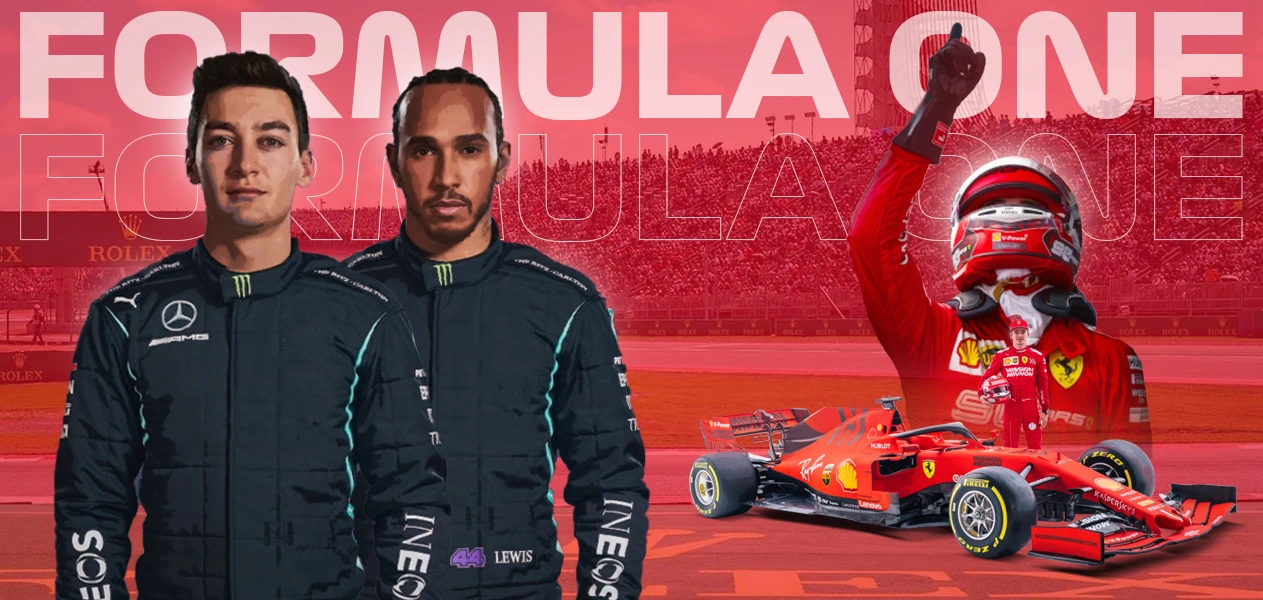

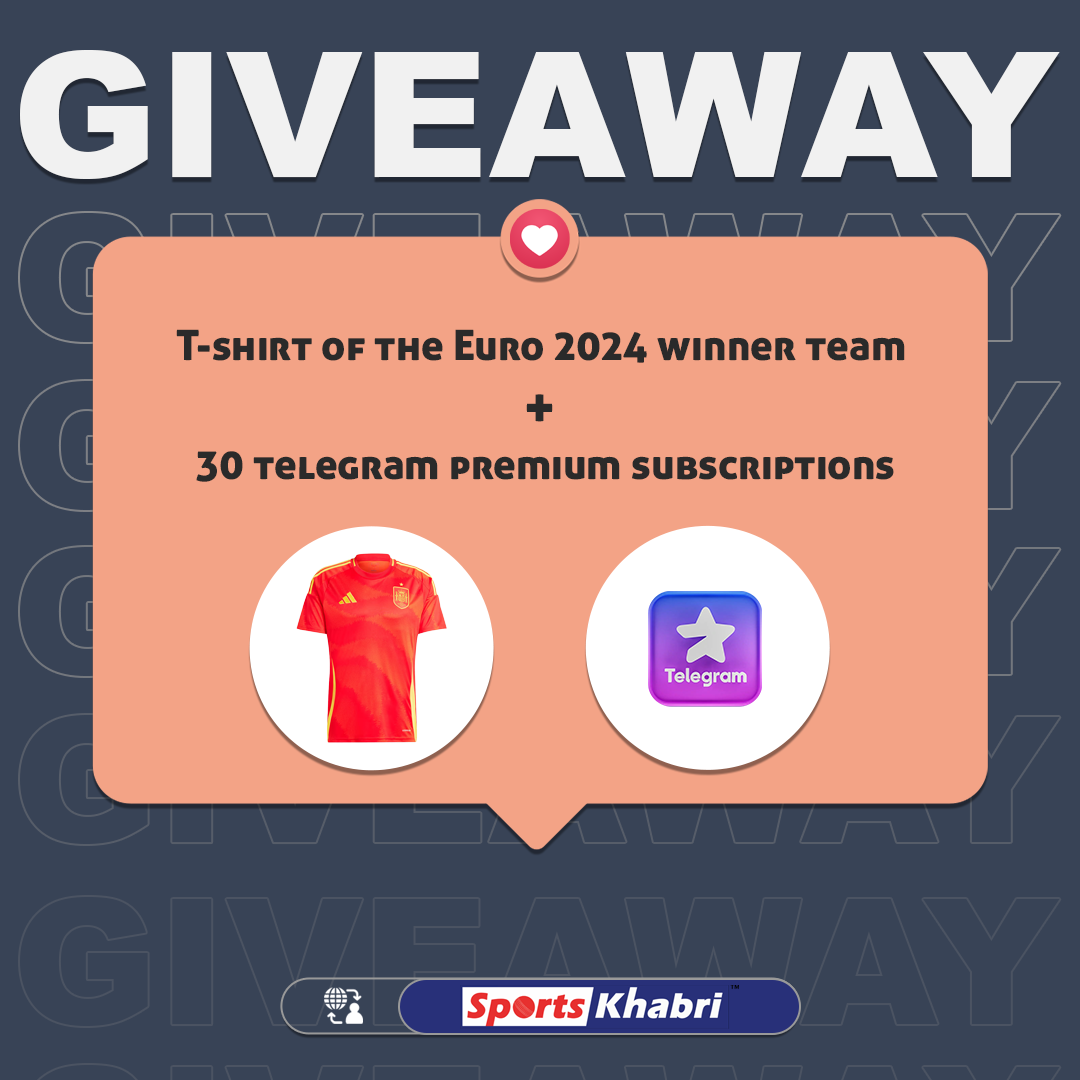
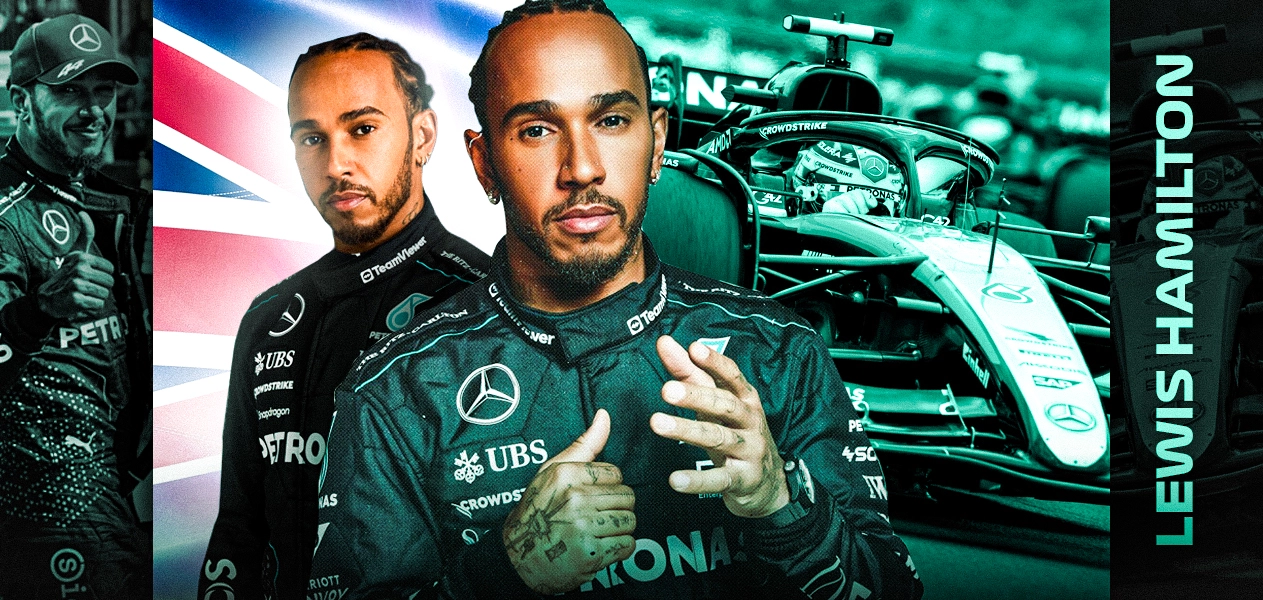
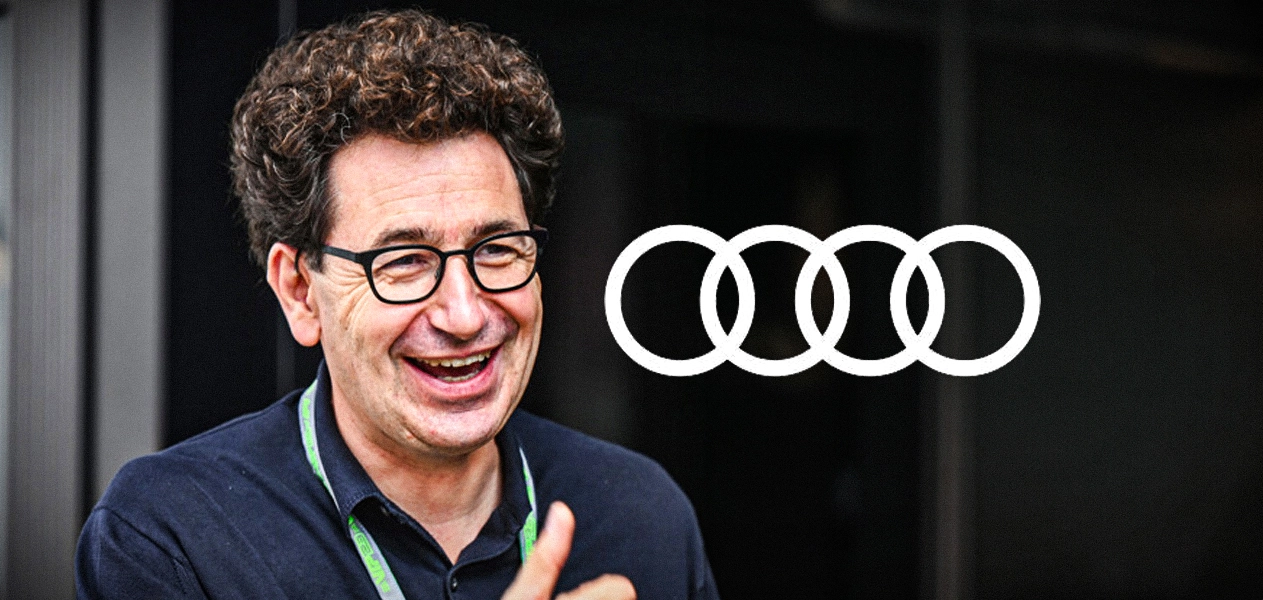
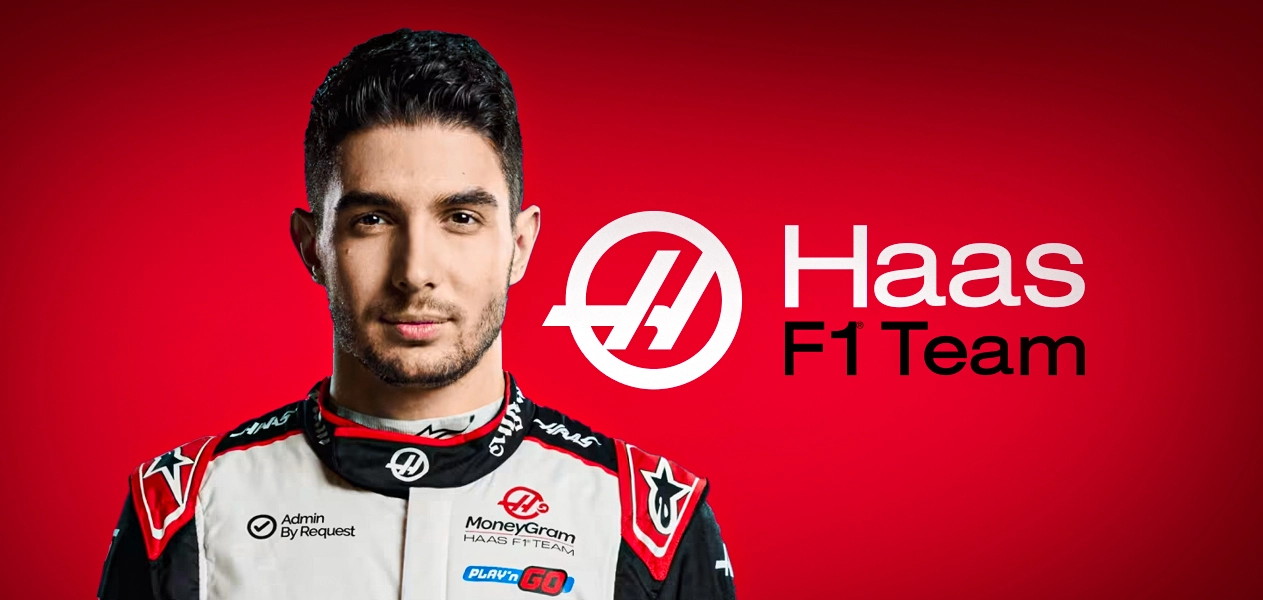
Leave a Reply